Here is the sample data, boiled down as much as possible:
Table: items (id / manufacturer)
1 / Microsoft
2 / Microsoft
3 / Microsoft
4 / ACME
5 / Microsoft
Table: order_rows (item_id / date)
1 / 2012-12-01
1 / 2013-01-01
2 / 2013-01-02
2 / 2013-01-03
3 / 2013-01-04
3 / 2013-01-05
3 / 2013-01-06
I want a list of all items by Microsoft, ordered by the number of purchases since 2013-01-01.
So, whichever item by Microsoft that has the most entries in order_rows where date > 2013-01-01 will be first. All items with zero purchases since 2013-01-01 will be at the bottom (NOT excluded from list).
Is this possible to accomplish with a single query? Also, will this be too expensive to be practical?
Desired output would be ordered as below: 3, 2, 1, 5
